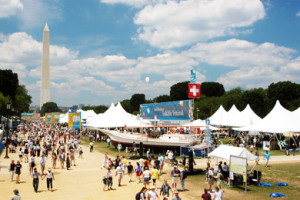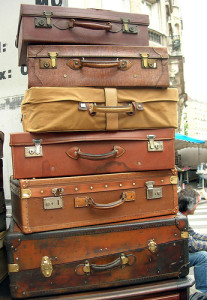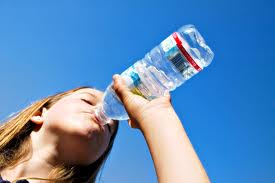
The Folklife Festival will take place June 30-July 4 and July 7-11.
The Annual Smithsonian Folklife Festival is an international exhibition of living cultural heritage. Attracting more than one million visitors yearly, the two-week long celebration is the largest annual cultural event in the United States.
This year’s festival will celebrate Rhythm & Blues Music in the U.S., the 50th Anniversary of the Peace Corps and the traditions of Colombia.
The Festival is held outdoors on the National Mall in Washington, D.C., between the Smithsonian museums. There is no admission charge. Visitors should dress for hot and humid weather. Parking around the Mall is extremely limited, so visitors are advised to use Metrorail. The Smithsonian station (Mall exit) is at the Festival site. Federal Triangle and National Archives stations are close by. For general Smithsonian visitor information, call 202.633.1000.
Festival hours are 11 a.m. to 5:30 p.m., with special events taking place most evenings.
I highly recommend that you visit their website to plan your visit http://www.festival.si.edu/


 Just a reminder about how important it is to respect your host family’s privacy and not share personal details and information. This applies to all kinds of situations, including: personal conversations, email and social websites.
Just a reminder about how important it is to respect your host family’s privacy and not share personal details and information. This applies to all kinds of situations, including: personal conversations, email and social websites. 
